Shrimping Season Opens With True Seafood Safety Still Unknown
If you had asked me two weeks ago if I thought the opening of shrimping season this past Monday was good for the Gulf of Mexico and the seafood industry, I would have said yes. I would have thought that it would be good for the fishermen and a good sign for the ecosystem.
Having just spent some time in the region, now I am not so sure.
What concerns many of the fishermen and biologists in the area is that oil and dispersants are still present in many of the affected areas scheduled to open, the supply of shrimp and crab are devastatingly low, no one is willing to buy the product once it comes in due to contamination fears, and testing being done is not sufficient to convince even the fishermen themselves that their catch is safe to eat.
It is true that much of the Gulf has not been affected by the spill and seafood coming out of those areas is safe. But with affected areas opening up, it will become increasingly difficult to know what is actually not contaminated and what is.
The ‘sniff test’ – relying on human sense to determine if fish looks smell and feels safe to eat – has been the industry standard to determine if it seafood and other animal products are safe for human consumption for years.
Yet it does not seem to be easing the fear of fishermen or restaurant owners.
In areas where oil has been dispersed, it now sits throughout the water column, broken down into small particles that are easily consumed by sea life. Locals fear oil and dispersant may have entered the seafood, and may go undetected by the simple sniff test.
“But if you look at it, it’s transparent, and small larval fish see these droplets as food so they’re ingesting pure oil,” said USF chemical oceanographer David Hollander.
An even bigger question is at what level is oil and dispersant harmful to sea life and human beings. The answer to this question is still unknown.
And this is the real problem.
No one seems to know the effects of the dispersants. Yet BP has spread over 1.8 million gallons of it into the ocean. One man I met caught two beautiful speckled trout off the Mississippi coast, cleaned them, and then didn’t know what to do. Sure, they looked like every other healthy speckled trout that he had pulled out the water. But he was afraid to eat them.
The seafood coming out of the Gulf might look smell and feel safe. But there is no FDA toxicity test being done as of yet that can detect dispersant levels within seafood. The fact that we do not know whether dispersant or oil are present and do not know what the effects of these chemicals are on human health is enough for me, and many of the restaurant owners and fishermen in the Gulf, to not want to put the product out on the market.
This unknown is a great worry to the fishermen that have spent their whole lives going out on and living off the sea. They are faced with having to choose between selling questionable products and feeding their families. Most of the fishermen that I met did not want to risk selling potentially hazardous food. After the two days in the Gulf I stopped eating the seafood myself.
Does this mean we have to abandon seafood from the whole Gulf region? If so, how can we support the communities that have been destroyed and are on the verge of collapse?
If you are not going to eat the seafood, one chef pointed out to me, the best way to support the region is to go visit and spend money in local communities.
Another option good is to purchase catfish, which is found in all of the rivers and also a vital economic part of the fishing industry.
It seems to me that the best way to support the region long-term is by pressing for more transparency and a better understanding of what the true effects of the spill and clean up are on the ocean ecosystem. Demand that an independent agency verifies the safety of Gulf seafood.
Once the confidence of the fishermen is behind the seafood of the Gulf – then and only then – will I feel that is safe again to eat what that the region is famous for.
By Anna Clark

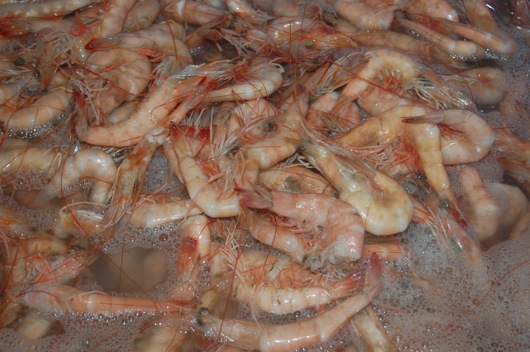
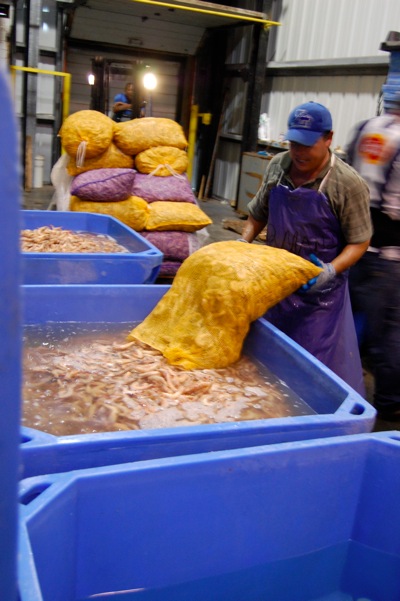















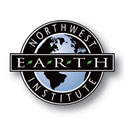


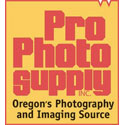
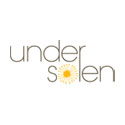

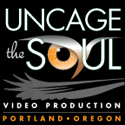
1 COMMENT
Well done clark! It’s scary stuff. I like how you point out that there are ways to support the communities without having to eat potentially contaminated seafood. Mm, fried catfish and hushpuppies..
Leave a comment